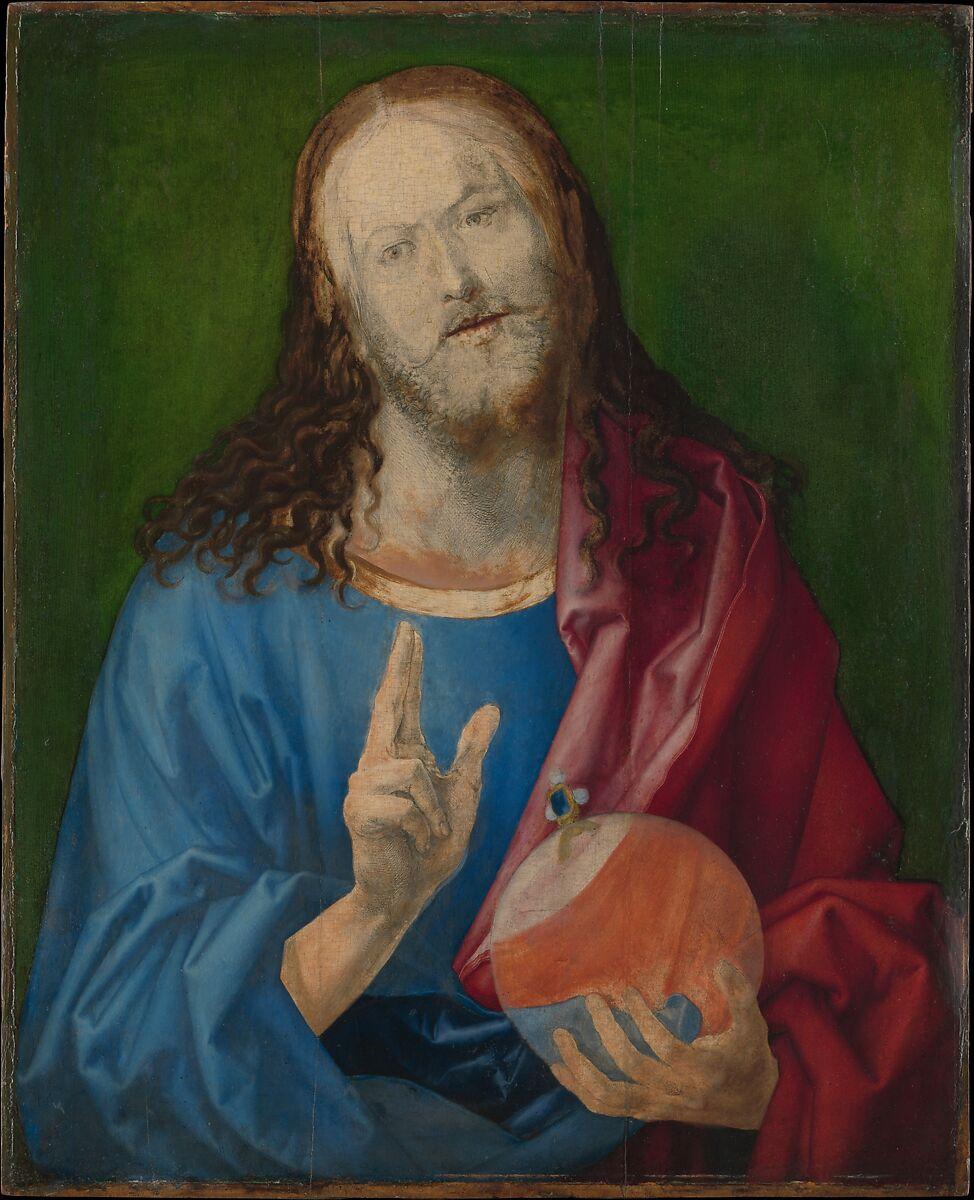Printmaking is a centuries-old art form that has changed as new methods and materials have been developed. Printmaking has given artists a distinctive and adaptable method to create images on a variety of surfaces, from woodcuts and etchings to screen printing and lithography. Printmaking has a long and rich history, and artists from all over the globe have contributed to its growth. The essay will examine various printmaking methods, their characteristics, and some well-known artists who have employed them.
The four primary types of etching are relief printing, intaglio printing, Plano graphic printing, and stencil printing. Relief printing is the technique of carving a matrix, usually made of wood or linoleum, and printing on a raised surface (Dölle and Rainville 15). In contrast, intaglio printing involves the creation of a matrix by cutting or etching into a metal plate that is usually made of copper or zinc. Intaglio prints are characterized by delicate, fine lines and a broad range of tones. In Plano graphic printing, a picture is created on a flat surface, typically a stone or metal plate, and is then printed from that surface.
Prints have historically been used for many different things, such as book illustrations, religious imagery, political propaganda, and business advertising. Printmaking rose to prominence as a fine art form in the 19th century, when masterful prints by painters like Francisco Goya, Albrecht Dürer, and Rembrandt van Rijn were widely appreciated and collected. The 19th-century Japanese artist Hiroshige Utagawa is an illustration of a conventional printmaker. Hiroshige prints were distinctive for their rich colors, delicate lines, and ambient effects. He created a print using the woodblock printing technique by carving an image into a block of wood and printing it from the raised surface.
American artist Andy Warhol, who was active in the 20th century, is a prime example of a creator who experimented with new methods of using prints. Warhol was well-known for his Pop art prints, which featured pictures of public personalities, consumer goods, and celebrities (Matthen 305). Warhol used the screen-printing method, which enabled him to produce numerous variations of the same image in various hues and strong lines.


In conclusion, printmaking is a fascinating art form that has captured the imagination of artists and art lovers for centuries. Its ability to produce multiple copies of an image has made it an important tool for spreading ideas and images across cultures and time. Printmaking is still a versatile and engaging way for artists to express themselves, whether it is done using more contemporary techniques such as screen printing or more classic ones like relief printing.
Works Cited
Dölle, Klaus, and Hélène Rainville. “Art Paper for Large Wood Relief Block Printing – a Paper Development Study.” Journal of Engineering Research and Reports, vol. 15, no. 2, 2021, pp. 1–18., Web.
Matthen, Mohan. “Art Forms Emerging: An Approach to Evaluative Diversity in Art.” The Journal of Aesthetics and Art Criticism, vol. 78, no. 3, 2020, pp. 303–318., Web.